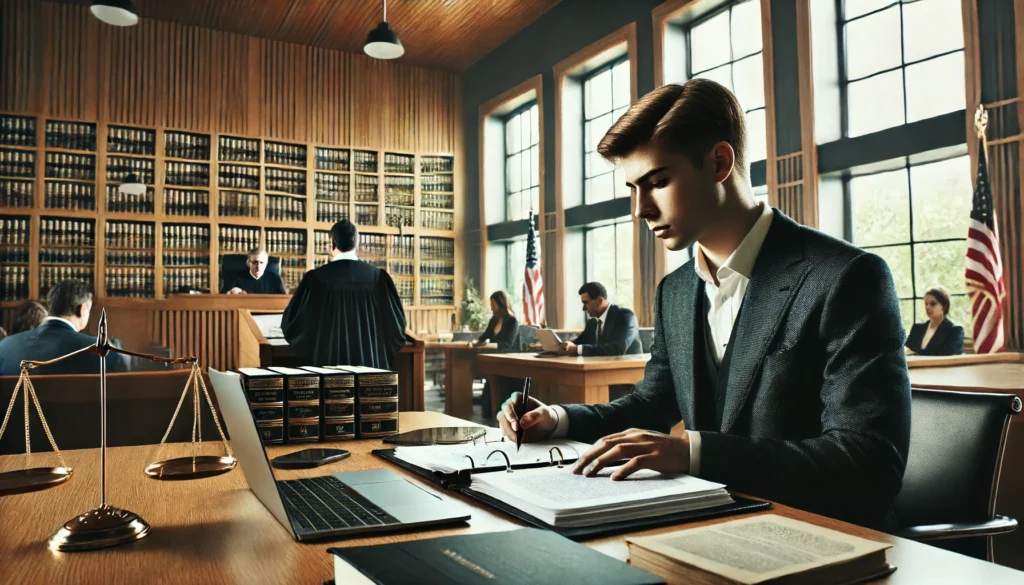In the realm of personal injury law, “standing” is a crucial concept that determines whether a plaintiff has the right to bring a lawsuit. Understanding the legal meaning of standing can help potential plaintiffs recognize whether they have a viable case. At Ryan Orsatti Law, our San Antonio personal injury lawyers believe in empowering our clients with knowledge, so they can make informed decisions about their legal matters. This comprehensive guide delves into the intricacies of standing in Texas personal injury law.

What is Standing?
Standing refers to the legal right to initiate a lawsuit. To have standing, a plaintiff must demonstrate that they have been directly affected by the actions of the defendant. This requirement ensures that courts adjudicate actual disputes and not hypothetical ones.
Key Elements of Standing
To establish standing in Texas, a plaintiff must satisfy three essential elements:
- Injury in Fact: The plaintiff must have suffered a concrete and particularized injury. This injury must be actual or imminent, not conjectural or hypothetical.
- Causation: There must be a direct link between the injury and the conduct of the defendant. The plaintiff must show that the injury is fairly traceable to the defendant’s actions.
- Redressability: It must be likely, as opposed to merely speculative, that a favorable court decision will redress the injury.
Importance of Standing in Personal Injury Cases
In personal injury law, standing ensures that the plaintiff has a legitimate claim that merits the court’s attention. Without standing, the court will dismiss the case without considering its merits. This safeguard prevents the judicial system from being overwhelmed with frivolous lawsuits.
Examples of Standing in Texas Personal Injury Law
- Car Accidents: If a driver is injured in a collision caused by another’s negligence, they have standing to sue for damages. They can demonstrate injury (physical harm), causation (the other driver’s actions), and redressability (compensation can address the injury).
- Slip and Fall: A customer who slips and falls in a poorly maintained store can sue the store owner. The customer must show that the fall caused an injury, that the store’s negligence led to the fall, and that a court ruling can provide relief.
Legal Precedents and Resources
Several legal precedents and resources can help deepen understanding of standing in Texas personal injury cases:
- Texas Civil Practice and Remedies Code: This statute outlines the procedural aspects of civil litigation in Texas, including the requirements for standing.
- Texas Courts Online: This resource provides access to court opinions, rules, and other valuable legal information.
- Oyez Project: Offers summaries of U.S. Supreme Court cases that have shaped the understanding of standing and other legal principles.
Understanding the concept of standing is vital for anyone considering a personal injury lawsuit in Texas. It determines whether a case can proceed in court, ensuring that only those with a legitimate claim can seek judicial relief. At Ryan Orsatti Law, we are dedicated to helping our clients navigate these legal complexities, providing the expertise needed to pursue justice effectively.
If you believe you have a personal injury case and want to understand your standing, contact Ryan Orsatti Law for a consultation. Let our expertise guide you through the legal process.
